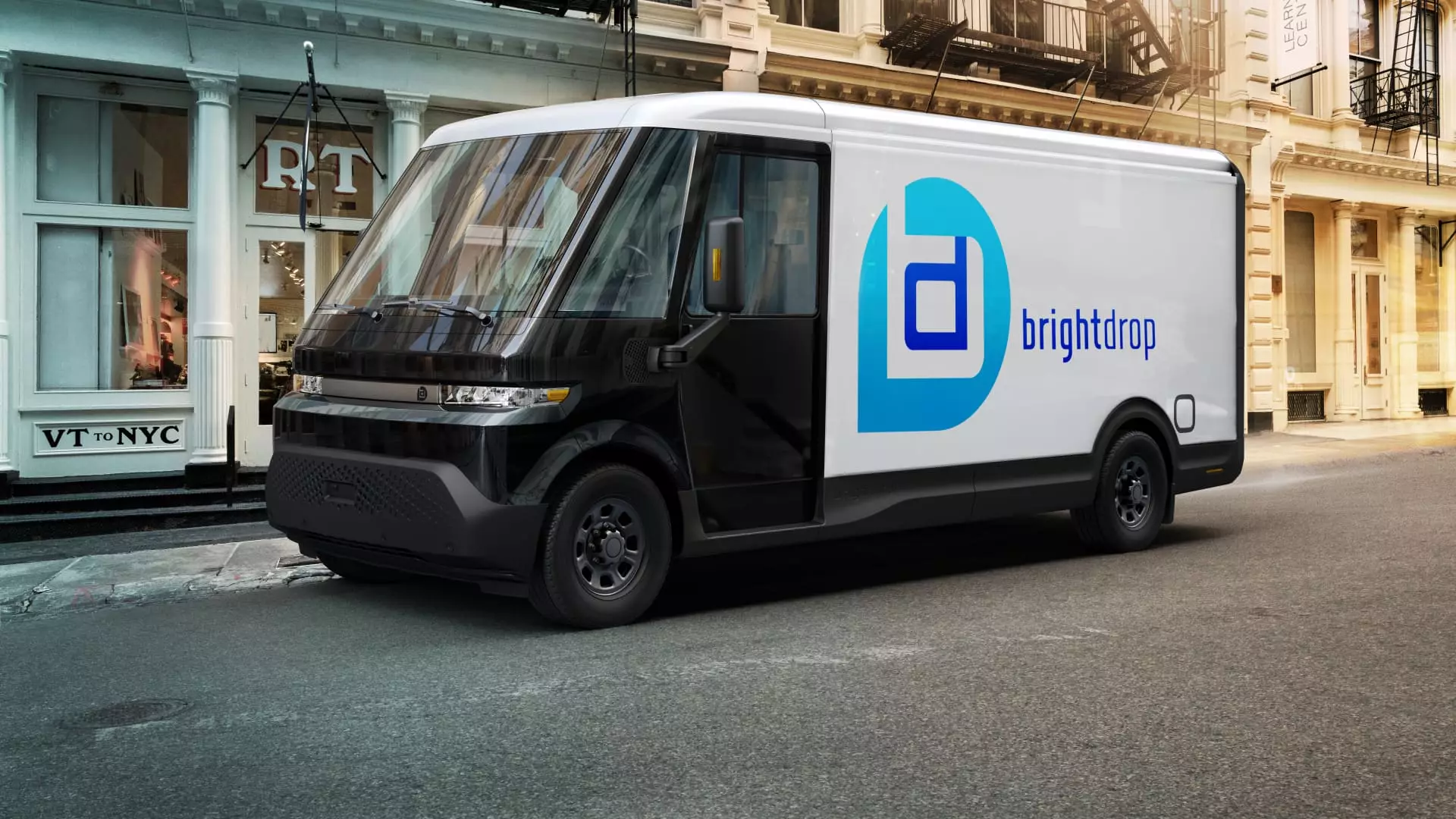General Motors (GM), once a beacon of innovation and a front-runner in the electric vehicle (EV) race, is now facing a daunting challenge that seems to undermine its ambitious plans for the future. The company’s decision to slash production of its BrightDrop delivery vans and idle its CAMI assembly plant in Ontario is more than a mere business adjustment; it’s a resounding alarm bell for the entire EV sector. Cutting 500 jobs and reducing operations from two shifts to one not only reflects GM’s struggle but also evokes broader concerns about the sustainability of American automotive leadership in a transitioning market.
Market Demand or Miscalculation?
GM’s justification for the cuts—an attempt to “rebalance inventory” in response to market demand—raises eyebrows. It begs the question: Is this a strategic realignment based on informed market analysis, or a troubling indicator of miscalculations regarding consumer appetite for electric vehicles? With initial forecasts projecting BrightDrop to generate a staggering $1 billion in 2023 revenue, the reality of roughly 2,000 vehicles sold casts a long shadow. This discrepancy suggests GM’s vision may have been too ambitious, or perhaps the market for EVs is not maturing as rapidly as hoped.
The Role of Union Voices in Corporate Accountability
The response from local union leader Lana Payne highlights another critical angle. By decrying the cuts as a “crushing blow,” Payne encapsulates the human cost of corporate decisions—lives disrupted, families affected, and communities in peril. It underscores the essential role of unions in holding corporations accountable, especially as they navigate an increasingly volatile market landscape. Payne’s insistence that GM must “mitigate job loss” serves as a stark reminder that while companies adjust to market realities, they must also consider the impact of their decisions on their workforce.
Government Support or Stagnation?
Moreover, Payne’s appeal to government for support points to a broader issue. The current lack of cohesive policy support for Canadian auto workers and domestic production can jeopardize the stability needed for innovation. This situation raises a critical question: Shouldn’t the government play a more active role in safeguarding domestic manufacturing, especially when the industry is on the brink of transformation?
The argument that President Trump’s tariffs disrupt market access and create turmoil further complicates the narrative. Are policy decisions supporting an old economy instead of fostering an EV future that embraces sustainability and innovation? The cyclical nature of industry regulation, coupled with a reluctance to fully embrace technological advances, feels like a malaise that the automotive sector cannot afford at this juncture.
The Bigger Picture in the EV Revolution
As General Motors stumbles, it reveals a fundamental truth: transitioning to an electric future is fraught with challenges. The disconnect between ambition and actuality, coupled with the upheaval of labor forces, creates a cautionary tale that must resonate throughout the automotive industry. If visionary companies like GM falter amid maturity of the EV market, it prompts this sobering reflection: How can we ensure that the shift to electric mobility not only thrives but does so equitably for workers, communities, and the economy as a whole? The fate of GM’s BrightDrop may just hold the key to understanding the larger implications for the future of electric vehicles.

